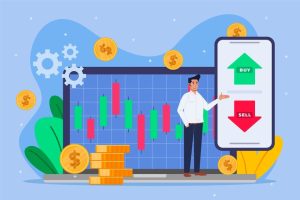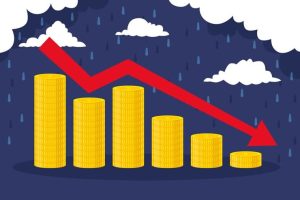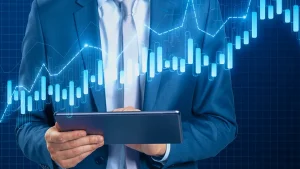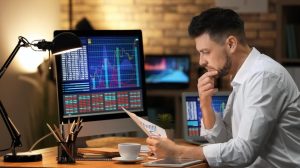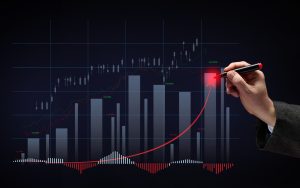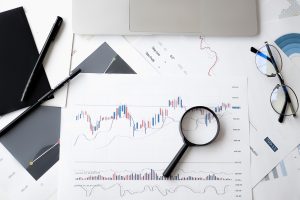
Algorithmic trading, also known as algo trading or automated trading, involves the use of computer algorithms to execute trading strategies automatically. By leveraging technology and quantitative Read More
Understanding Algorithmic Trading:
Algorithmic trading relies on computer algorithms to execute predefined trading rules and strategies without human intervention. These algorithms analyze vast amounts of market data, including price movements, volume, and other relevant indicators, to identify potential trading opportunities. Algorithmic trading can be applied across various financial markets, including stocks, forex, futures, and cryptocurrencies, and can encompass a wide range of trading strategies, from simple to complex.
Key Elements of Algorithmic Trading:
1. Strategy Development:
The first step in algorithmic trading is strategy development, where traders define the rules and conditions for entering and exiting trades. This may involve technical analysis indicators, statistical models, machine learning algorithms, or a combination of approaches. Traders design their strategies based on market dynamics, risk tolerance, and trading objectives, aiming to generate consistent returns over time.
2. Backtesting and Optimization:
Once a trading strategy is developed, traders conduct backtesting to evaluate its performance using historical market data. Backtesting allows traders to assess the profitability and robustness of their strategies under different market conditions and timeframes. Traders can then optimize their strategies by adjusting parameters, refining entry and exit rules, and fine-tuning risk management settings to improve performance and reduce drawdowns.
3. Platform Selection:
Algorithmic traders require a reliable trading platform with robust execution capabilities, backtesting tools, and connectivity to market data feeds and execution venues. Popular algorithmic trading platforms include proprietary trading platforms provided by brokers, third-party trading software, and custom-built trading solutions. Traders should select a platform that meets their specific needs and offers the functionality required for their trading strategies.
4. Market Connectivity:
Seamless connectivity to market data providers and execution venues is essential for algorithmic trading. Traders rely on real-time market data feeds to make informed trading decisions and execute trades swiftly and accurately. Additionally, access to multiple liquidity providers and execution venues helps ensure optimal order execution and minimizes trading costs for algorithmic traders.
5. Risk Management:
Effective risk management is paramount in algorithmic trading to protect trading capital and mitigate potential losses. Traders should implement risk management controls such as position sizing, stop-loss orders, and maximum drawdown limits to manage risk exposure and preserve capital. Automated risk management rules should be integrated into trading algorithms to enforce disciplined risk management practices.
6. Monitoring and Performance Evaluation:
Algorithmic traders continuously monitor the performance of their trading strategies and make adjustments as needed to adapt to changing market conditions. Traders analyze key performance metrics such as profitability, win rate, maximum drawdown, and Sharpe ratio to evaluate strategy effectiveness and identify areas for improvement. Regular performance reviews help traders refine their strategies and optimize trading outcomes over time.
Conclusion:
Algorithmic trading offers traders a powerful tool for automating their trading strategies and capitalizing on market opportunities with speed and precision. By leveraging technology, quantitative models, and rigorous risk management practices, algorithmic traders can enhance their trading performance, minimize emotional bias, and achieve consistent profitability in the dynamic world of financial markets. As traders delve into the realm of algorithmic trading, they unlock the potential for innovation, efficiency, and success in their trading endeavors.


